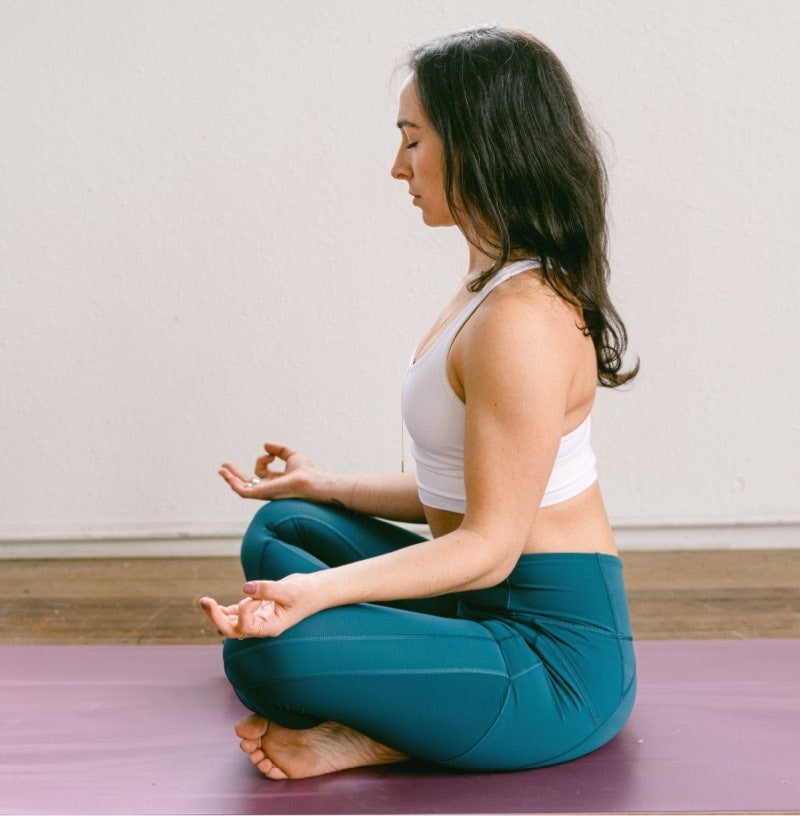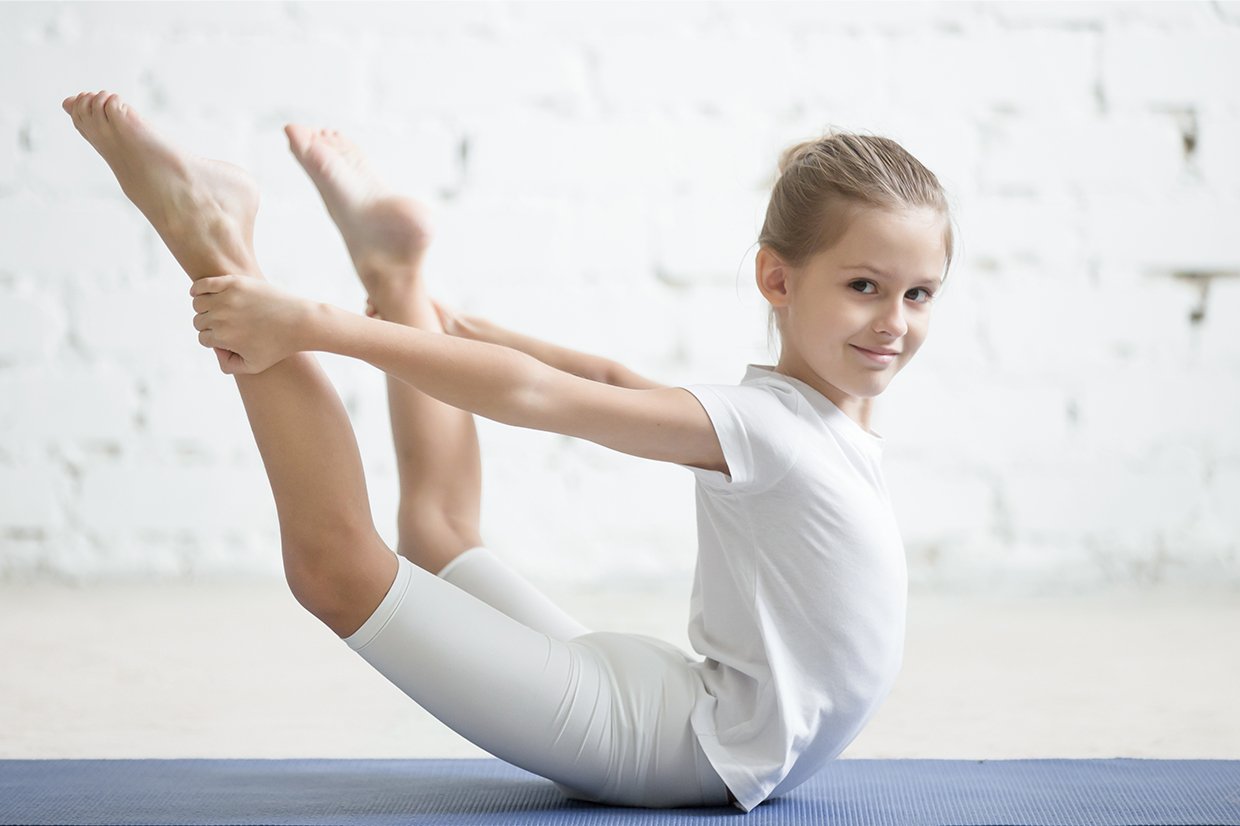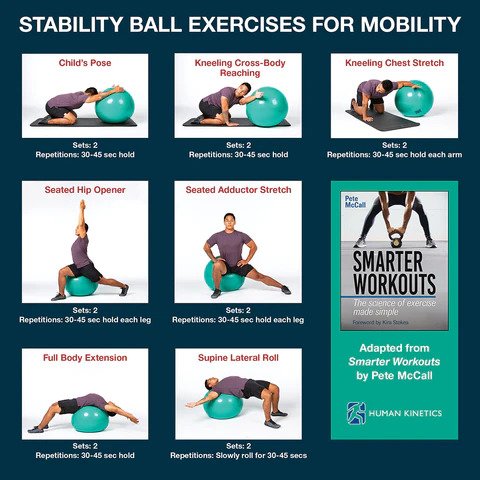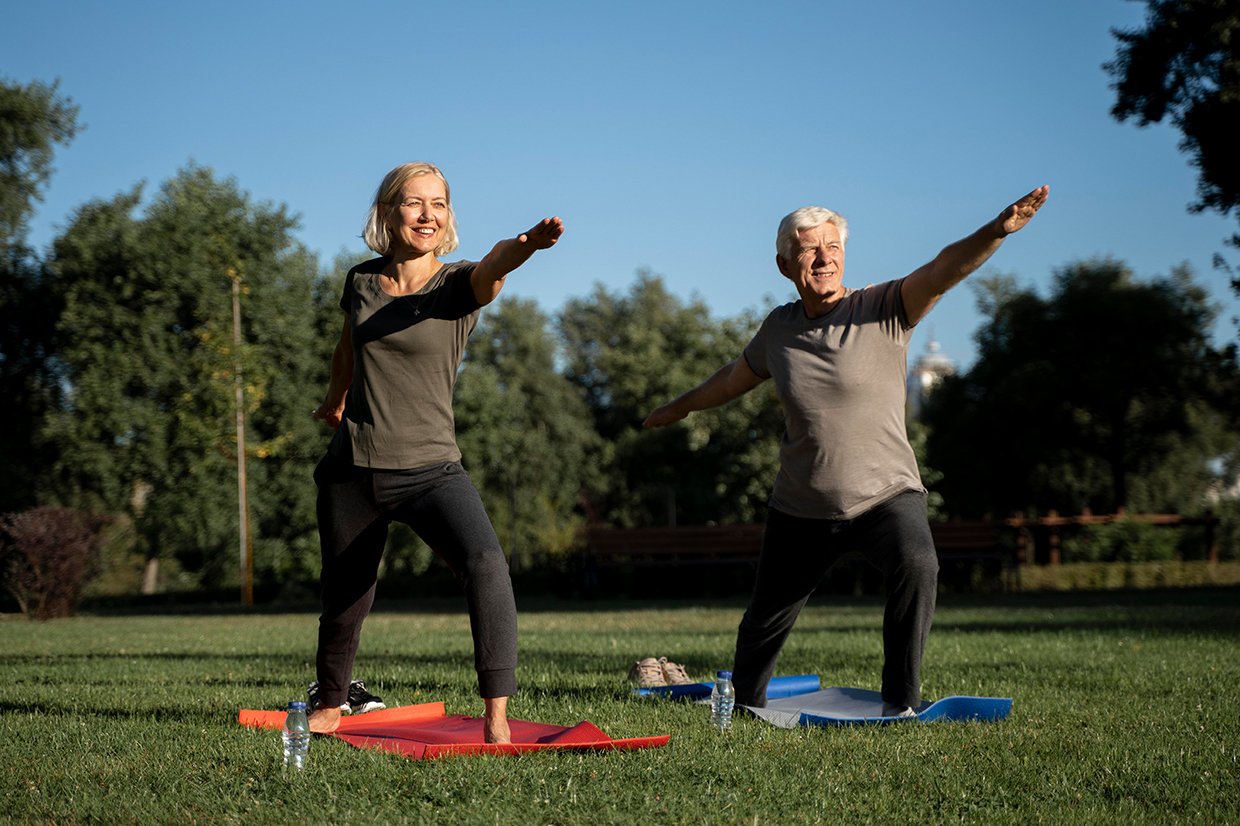Home » Yoga, Meditation and Exercises
Yoga, Meditation & Exercises
Yoga is a group of physical, mental, and spiritual practices or disciplines which originated in ancient India and aim to control and still the mind, recognizing a detached witness-consciousness untouched by the mind and mundane suffering.
Yoga means “union” when translated from Sanskrit.
If yoga means union, then is the point of yoga really to increase our flexibility or is there a deeper meaning to this practice
The goal of practicing yoga is really to “unite” ourselves with something greater than us.

Why do you say namaste in yoga?
This gesture is used in yoga traditions as a sign of respect and as a simple greeting of peace. Bringing our hands together at the heart chakra increases the flow of divine love, kindness, and compassion. Bowing the heads and closing the eyes helps us surrender to the divine within.
What are the health benefits of yoga?
Research suggests that yoga may:
- Help improve general wellness by relieving stress, supporting good health habits, and improving mental/emotional health, sleep, and balance.
- Relieve low-back pain and neck pain, and possibly pain from tension-type headaches and knee osteoarthritis.
- Help people who are overweight or obese lose weight.
- Help people quit smoking.
- Help people manage anxiety or depressive symptoms associated with difficult life situations.
- Relieve menopause symptoms.
- Help people with chronic diseases manage their symptoms and improve their quality of life.
Although there’s been a lot of research on the health effects of yoga, many studies have included only small numbers of people and haven’t been of high quality. Therefore, in most instances, we can only say that yoga has shown promise for particular health uses, not that it’s been proven to help.
TO LEARN MORE ABOUT YOGA PLEASE VISIT



Meditation
Meditation is done without moving the body. When you do this mindful practice, you will get into position, either sitting or lying down peacefully, letting thoughts and feelings pass without judging them. You keep your eyes closed and your palms facing upward to the sky.
Meditation is a practice in which an individual uses a technique – such as mindfulness, or focusing the mind on a particular object, thought, or activity – to train attention and awareness, and achieve a mentally clear and emotionally calm and stable state.
Meditation is practiced in numerous religious traditions. The earliest records of meditation (dhyana) are found in the Upanishads, and meditation plays a salient role in the contemplative repertoire of Hinduism, Jainism and Buddhism. Since the 19th century, Asian meditative techniques have spread to other cultures where they have also found application in non-spiritual contexts, such as business and health.
Meditation may significantly reduce stress, anxiety, depression, and pain, and enhance peace, perception, self-concept, and well-being. Research is ongoing to better understand the effects of meditation on health (psychological, neurological, and cardiovascular) and other areas


How to meditate?
Find a quiet spot where you can sit down and get comfortable.
- Close your eyes or gently gaze downward.
- Become aware of your breath.
- Breathe from the belly with a full, gentle breath in and a full, gentle breath out.
- Relax as you settle into the moment.
Purpose of Meditation
Meditation can give you a sense of calm, peace and balance that can benefit both your emotional well-being and your overall health. You can also use it to relax and cope with stress by refocusing your attention on something calming. Meditation can help you learn to stay centered and keep inner peace.
Examples of Meditation
A meditation can be as simple as doing some deep breathing, or as complex as repeating a mantra or doing Transcendental meditation. Any activity that helps to quiet the mind could be considered a meditative activity, even sitting outside and quietly watching the world go by
TO LEARN MORE ABOUT MEDITATION PLEASE VISIT:

Finding Balance & Peace

Exercises
Exercise is an activity requiring physical effort, carried out to sustain or improve health and fitness.
“Exercise improves your heart and lung power”.
Exercise is a subset of physical activity that is planned, structured, and repetitive and has as a final or an intermediate objective the improvement or maintenance of physical fitness. Physical fitness is a set of attributes that are either health- or skill-related.
Exercise is a body activity that enhances or maintains physical fitness and overall health and wellness.
It is performed for various reasons, including weight loss or maintenance, to aid growth and improve strength, develop muscles and the cardiovascular system, hone athletic skills, improve health, or simply for enjoyment. Many individuals choose to exercise outdoors where they can congregate in groups, socialize, and improve well-being as well as mental health.
In terms of health benefits, the amount of recommended exercise depends upon the goal, the type of exercise, and the age of the person. Even doing a small amount of exercise is healthier than doing none
Classification
An aerobics exercise instructor in the United States instructs her class.
Physical exercises are generally grouped into three types, depending on the overall effect they have on the human body:
- Aerobic exercise is any physical activity that uses large muscle groups and causes the body to use more oxygen than it would while resting. The goal of aerobic exercise is to increase cardiovascular endurance. Examples of aerobic exercise include running, cycling, swimming, brisk walking, skipping rope, rowing, hiking, dancing, playing tennis, continuous training, and long distance running.
- Anaerobic exercise, which includes strength and resistance training, can firm, strengthen, and increase muscle mass, as well as improve bone density, balance, and coordination. Examples of strength exercises are push-ups, pull-ups, lunges, squats, bench press. Anaerobic exercise also includes weight training, functional training, Eccentric Training, interval training, sprinting, and high-intensity interval training which increase short-term muscle strength.
- Flexibility exercises stretch and lengthen muscles. Activities such as stretching help to improve joint flexibility and keep muscles limber. The goal is to improve the range of motion which can reduce the chance of injury.
Physical exercise can also include training that focuses on accuracy, agility, power, and speed.
Types of exercise can also be classified as dynamic or static. ‘Dynamic’ exercises such as steady running, tend to produce a lowering of the diastolic blood pressure during exercise, due to the improved blood flow. Conversely, static exercise (such as weight-lifting) can cause the systolic pressure to rise significantly, albeit transiently, during the performance of the exercise
Health effects
Physical exercise is important for maintaining physical fitness and can contribute to maintaining a healthy weight, regulating the digestive system, building and maintaining healthy bone density, muscle strength, and joint mobility, promoting physiological well-being, reducing surgical risks, and strengthening the immune system. Some studies indicate that exercise may increase life expectancy and the overall quality of life.
People who participate in moderate to high levels of physical exercise have a lower mortality rate compared to individuals who by comparison are not physically active. Moderate levels of exercise have been correlated with preventing aging by reducing inflammatory potential. The majority of the benefits from exercise are achieved with around 3500 metabolic equivalent (MET) minutes per week, with diminishing returns at higher levels of activity.
For example, climbing stairs 10 minutes, vacuuming 15 minutes, gardening 20 minutes, running 20 minutes, and walking or bicycling for transportation 25 minutes on a daily basis would together achieve about 3000 MET minutes a week. A lack of physical activity causes approximately 6% of the burden of disease from coronary heart disease, 7% of type 2 diabetes, 10% of breast cancer and 10% of colon cancer worldwide. Overall, physical inactivity causes 9% of premature mortality worldwide.
- FITNESS
- CARDIOVASCULAR SYSTEM
- IMMUNE SYSTEM
- CANCER
- NEUROBIOLOGICAL IMPACT
- DEPRESSION
- SLEEP
- LIBIDO
- RESPIRATORY SYSTEM
- MECHANISM OF EFFECTS: SKELETAL MUSCLE etc
TO LEARN MORE PLEASE VISIT:






